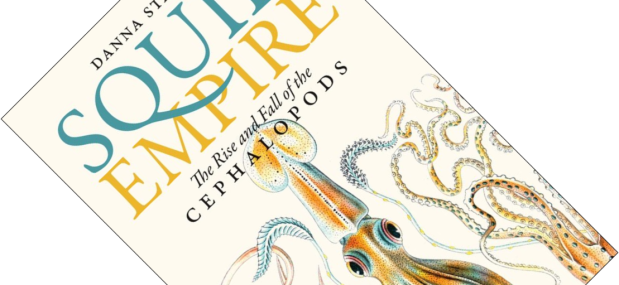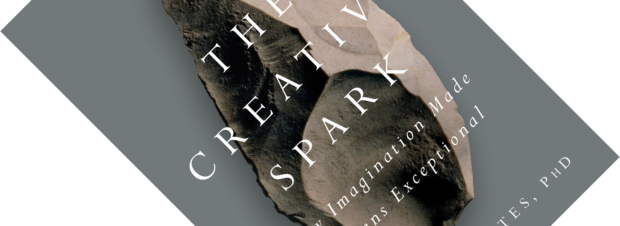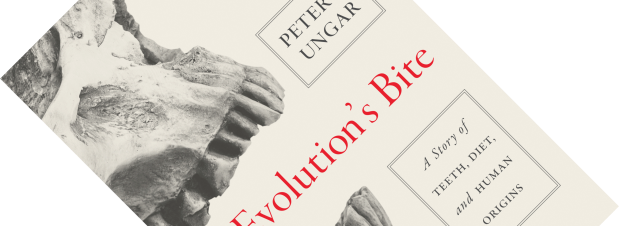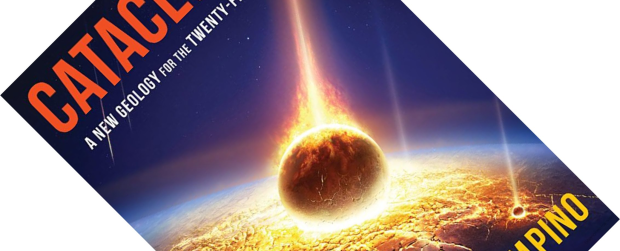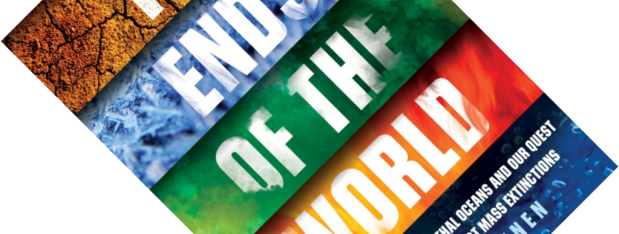An underground lair… what child didn’t daydream about it? As a child, I spent several summer holidays with friends constructing one. Granted, we didn’t really burrow, we dug a pit and put a roof back over it. Even so, if I am to believe Anthony J. Martin, I am but one in a long line of burrowing animals. With The Evolution Underground, Martin paints a surprising picture of the underrated role that burrowing has played throughout evolutionary history.
fossils
Book review – Squid Empire: The Rise and Fall of the Cephalopods
Cephalopods, the group of molluscs that include the octopus, squid, cuttlefish and nautilus, are some of the most fascinating invertebrates to live in the world’s seas. Especially the octopus is famed for its intelligence and mind-bending acrobatics, being able to squeeze through the smallest hole. There have been some fantastic popular books on cephalopods recently, from William’s entertaining Kraken: The Curious, Exciting, and Slightly Disturbing Science of Squid to several works focusing on the octopus (Godfrey-Smith’s Other Minds: The Octopus and the Evolution of Intelligent Life, Montgomery’s touching The Soul of an Octopus: A Surprising Exploration of One of the World’s Most Intriguing Creatures, which made me tear up in more than one place, Mather et al.‘s Octopus: The Ocean’s Intelligent Invertebrate, and Harmon Courage’s Octopus! The Most Mysterious Creature in the Sea). But, as marine biologist Danna Staaf remarks, what’s been missing is a popular book on the evolution of cephalopods. Having been fascinated with them since childhood, she eventually decided to write Squid Empire. All hail the squid!
Book review – The Creative Spark: How Imagination Made Humans Exceptional
With his new book, The Creative Spark, Agustín Fuentes, a primatologist and anthropologist currently at the University of Notre Dame in Indiana, boldly puts forth the idea that what makes humans special is creativity. The ability of humans to switch back and forth between considering what is, and dreaming of what might be, and to then put these thoughts into actions (often collaboratively), has brought us a very long way from our primate origins to the tool-wielding, world-shaping force of nature of today. Along the way, Fuentes wants to do away with some of the dominant narratives regarding human evolution today, or rather, he thinks most of them oversimplify things and lead to distortions in our thinking. Instead, he presents a new synthesis that places creativity front and centre stage as being the most important mechanism that helped us overcome challenges.
Book review – Patrons of Paleontology: How Government Support Shaped a Science
The Life of the Past series of Indiana University Press has got to be one of my favourite book series on palaeontology. Coming to think of it, it is probably also the only book series written for a wide audience on palaeontology that I can think of (cue the comments that will prove me wrong…). Jane P. Davidson has previously written A History of Paleontology Illustration in this series (Indiana UP, I like how you harked back to the cover design of that book with this book). With the current book, she takes a look at the financial supporters of this discipline, and how their support has shaped the science. Sounds like a fairly esoteric topic, yet my interest was piqued.
Book review – Evolution’s Bite: A Story of Teeth, Diet, and Human Origins
“Show me your teeth and I will tell you who you are” Cuvier is reported to have said. That, in short, is the brief of this book. Drawing on a range of disciplines – such as archaeology, palaeoclimatology, materials science, primatology, anthropology and evolutionary biology – this book weaves a compelling narrative of what our teeth, and those of our ancestors, can tell us about our past diets, and how we came to be the species we are today. Why teeth? Because, as Ungar contends, teeth are special.
Book review – Cataclysms: A New Geology for the Twenty-First Century
Was the asteroid impact that caused the extinction of the dinosaurs a one-off? Or are other mass extinctions in earth’s deep history perhaps also linked to impacts of extraterrestrial bodies? Many scientists are reluctant to accept this idea. In Cataclysms, Rampino argues that it is high time to cast off the spirit of Lyell that continues to haunt geological thinking and embrace a new era of catastrophism.
Book review – The Ends of the World: Volcanic Apocalypses, Lethal Oceans and Our Quest to Understand Earth’s Past Mass Extinctions
Aaaah… the Apocalypse. Who doesn’t love Hollywood’s favourite movie trope? The spectacle, the drama, and the foreboding knowledge that – oh, spoilers – everyone dies at the end. There has been no shortage of good eschatological writing in recent years. Some books to come to mind are Erwin’s imaginatively titled Extinction, Wignall’s recent The Worst of Times, or Alvarez’s T. rex and the Crater of Doom – those pesky dinosaurs remain a popular subject. Do we really need another popular science book about mass extinctions? Given the continued developments in our understanding, and given that you get not one, not two, but all five for the price of one, I’d say yes. As far as I can tell the last comparable book was Hallam & Wignall’s 1997 Mass Extinctions and their Aftermath, published by Oxford University Press, which was a more academic treatise. So, get your bucket of popcorn ready and roll on the Apocalypse!
Book review – Discovering the Mammoth: A Tale of Giants, Unicorns, Ivory, and the Birth of a New Science
“Grey as a mouse,
Big as a house,
Nose like a snake,
I make the earth shake, […]”
– J.R.R. Tolkien, The Lord of the Rings, The Two Towers, “The Black Gate is Closed”
Even Hobbits knew about elephant-like creatures. But, not so long ago, we didn’t. This book starts off with a striking realisation. Our distant ancestors lived with mammoths, using their meat, hides and bones, possibly even overhunting them to extinction. Despite having lived side-by-side with these large, majestic creatures, somewhere along the line we forgot what they were – the details of their identity not being passed down the generations and gradually fading from our stories, our myths and legends, and, finally, from our collective memory. Even though their remains were with us through the millennia, we forgot the mammoth. In turn, their remains fueled new myths and legends, from the Greek Cyclops and Titans, to Chinese dragons, the Biblical giants, and the Siberian idea of giant burrowing moles that would die upon exposure to air. How do you reconstruct the identity of a creature for which your frame of reference is gone?


